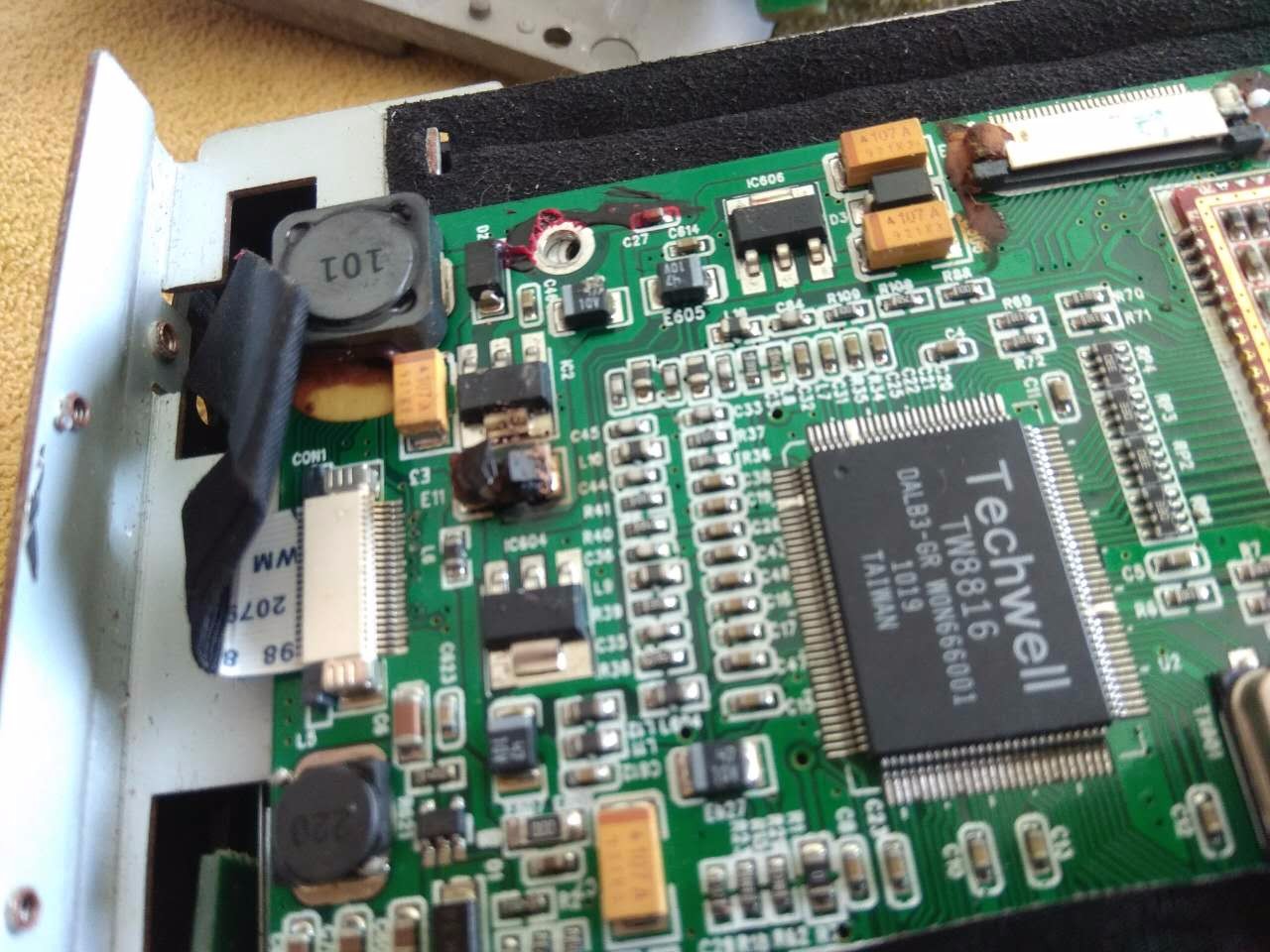What is a circuit board capacitor?
Capacitor is a device that contains charge. It is composed of two mutually insulated metal conductors. Two conductors close to each other are sandwiched with a layer of non-conductive insulating medium. The basic unit of capacitance of a capacitor is farad (F). The letter C is commonly used in circuit diagrams for capacitor elements.
The structure of the circuit board capacitor:
The simplest capacitor consists of plates at both ends and an insulating dielectric (including air) in the middle. When energized, the plate is charged, creating a voltage (potential difference), but because of the insulating material in the middle, so the entire capacitor is not conductive. However, this condition is provided that the critical voltage (breakdown voltage) of the capacitor is not exceeded. As we know, any material is relatively insulated, when the voltage at both ends of the material is increased to a certain degree, the material can conduct electricity, we call this voltage breakdown voltage. Capacitors are no exception. When they are broken down, they are no longer insulators.

circuit board
The working principle of circuit board capacitors:
Circuit board capacitors work by storing charge on electrodes to store electrical energy. They are often used in conjunction with inductors to form LC oscillating circuits. The working principle of capacitor is that charge will be forced to move in the electric field. When there is a medium between conductors, it will hinder the movement of charge and make the charge accumulate on the conductor, resulting in the accumulation of charge storage.
A capacitor, like a battery, has two electrodes. Inside the circuit board capacitor, the two electrodes are connected to two metal plates separated by a dielectric. The dielectric may be air, paper, plastic, or any other substance that does not conduct electricity and prevents the two metal poles from coming into contact with each other.
A metal plate attached to the negative electrode of the battery will absorb the electrons produced by the battery. A metal plate attached to the positive electrode of the battery will release electrons to the battery. After the charge is complete, the capacitor has the same voltage as the battery (if the battery voltage is 1.5 volts, then the capacitor voltage is also 1.5 volts).
The classification of circuit board capacitors:
1. According to the structure of three categories: fixed capacitors, variable capacitors and trimmer capacitors.
2. According to electrolyte classification: organic dielectric capacitor, inorganic dielectric capacitor, electrolytic capacitor, electric heating capacitor and air dielectric capacitor.
3. According to the use of: high frequency bypass, low frequency bypass, filtering, tuning, high frequency coupling, low frequency coupling, small capacitor.
4. According to the different manufacturing materials can be divided into: porcelain dielectric capacity, polyester capacitor, electrolytic capacitor, tantalum capacitor, and advanced polypropylene capacitor and so on.
Circuit board capacitors can store charge and have the function of cutting off DC.